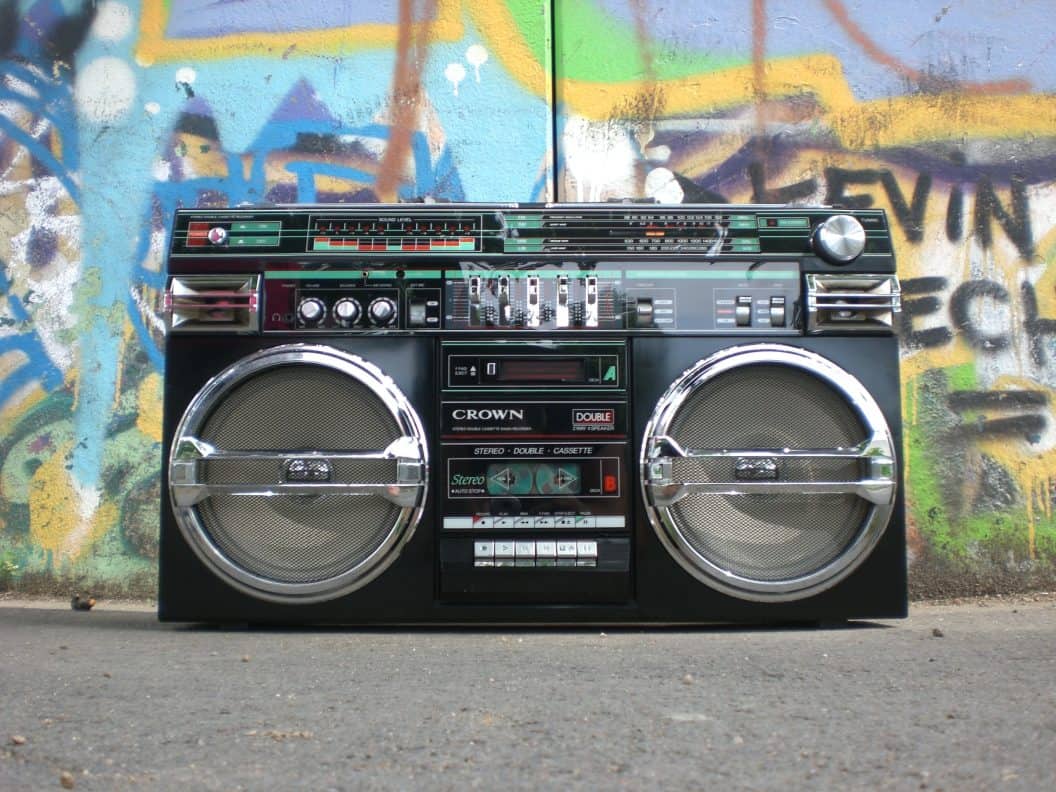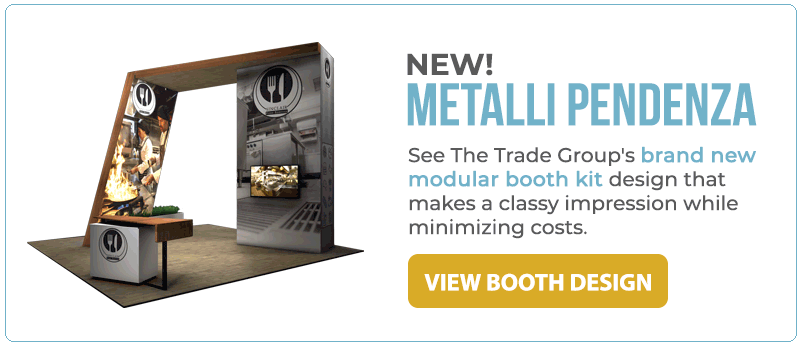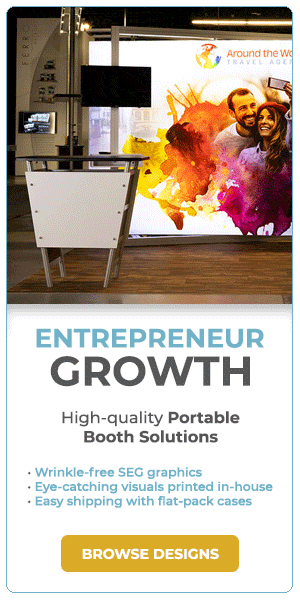Experiential marketing is often called “engagement marketing” or “event marketing.” Experiential marketing is a dynamic and immersive approach that yearns to create memorable and meaningful connections between the brand and the faithful consumers.
Instead of relying on traditional advertising methods such as commercials or print ads, experiential marketing seeks to engage potential clients or customers in a real-life, interactive way. As you can imagine, this marketing strategy has gained tremendous popularity in recent years. But where did this extremely popular marketing method begin?
Join us on a journey through the marketing world as we explore a brief history of experiential marketing and how it has changed into today’s powerful marketing strategy.
The Roots
The first documented example of experiential marketing was the 1893 Chicago World’s Fair. Wrigley, Pabst, and even Cracker Jack debuted their world-famous brands and products globally. William Wrigley J handed our pieces of “Wrigley Juicy Fruit Chewing Gum” to goers in hopes of driving sales.
One of the most famous examples of experiential marketing was the world-renowned circus performer P.T. Barnum. Barnum was the master of creating experiences that captivated audiences and left long-lasting impressions. His “Greatest Show on Earth” combined elements of entertainment, spectacle, and interaction, setting the stage for our current experiential marketing strategies.
In 1936, one of the most culturally popular examples of experiential marketing popped up. Oscar Mayer’s nephew came up with the brilliant idea to promote the family’s hot dog company by building a giant hot dog vehicle affectionately known as the Weinermobile. The first rendition of this experiential method was seen in Chicago, where the driver, or a “hot dogger,” handed out toy whistles shaped like the now legendary hot dog vehicle, naturally creating brand awareness.
The 1980s

It wasn’t until the 1980s that experiential marketing would start gaining recognition as a formal marketing strategy. In fact, in 1983, Jay Conrad Levison, a very successful marketer, published “Guerrilla Advertising.” The book aimed to educate small business owners on a low-cost and unconventional marketing strategy. His marketing strategy focused mainly on the element of surprise. He firmly believed surprising consumers with a service or product in an unexpected time or place would create a memorable experience.
PepsiCo’s “Pepsi Challenge” is often cited as the earliest example of this formal marketing strategy known now as experiential marketing. In this unique campaign, Pepsi conducted blind taste tests, challenging soda drinkers to choose between Pepsi products and their rival competitor, Coca-Cola. This hands-on approach engaged consumers and left them with a taste experience they would remember.
The 1990s
The 1990s saw the emergence of brand experiences that went beyond traditional advertising methods. Companies and brands began hosting events and activations, allowing consumers to interact uniquely with their products.
By the 1990s, guerrilla marketing was everywhere. Examples include Bikini-wearing women handing out sunscreen on Spring break beaches in Miami. Suburban Moms are demonstrating stain removers at department stores. College kids handing out koozies and discount coupons for the local pizza place on campus.
Marketing was changing in a very unique and personal way. One of the most prominent and prolific examples of experiential marketing was by one of the biggest brands in the world, Nike. Companies like Nike began unique hosting events and activations such as the world-famous “NikeTown, which allowed consumers to shop in an immersive experience combining retail and sports culture.
The 2000s
As we entered the 21st century, experiential marketing adapted to the exciting digital age.
Companies and brands started incorporating technology coupled with the rise of social media into their campaign to amplify their reach and overall impact. For instance, Red Bull’s Stratos space jump in 2012 became an unforgettable global sensation. Red Bull’s Stratos jump was the first time in world history a man jumped from outer space, breaking the sound barrier. This monumental event was heavily sponsored by Red Bull and put the energy drink on the map. This event also showcased how a brand could create an unforgettable experience and share it with the world in real-time through social media.
The 2010s were the golden age of experiential marketing. Brands increasingly invested in immersive and multi-sensory experiences to engage consumers. Pop-up shops, interactive installations, and experiential events became incredibly common. One example is Airbnb’s “Night At” campaign, allowing customers to spend the night in unique locations such as the Louvre Museum and the Great Wall of China. As you can imagine, this transformed their brand into a platform for unbelievable experiences.
The Present

Present day, unsurprisingly, experiential marketing continues to evolve and shift due to the technological advancements in this world continue to change. One of the historical moments in the world was the COVID-19 pandemic, which accelerated the shift towards virtual experiences such as AR/VR and online interactive campaigns.
Brands continue to find ways to create connections and engagement in the Digital world. We might not know what the future of experiential marketing will hold, but we do know that face-to-face engagement is here to stay no matter what the venue or forum is in the marketing world. Human contact is the most steadfast aspect of experiential marketing. Human contact is at the heart of experiential marketing.
Conclusion
Experiential marketing has come a long way from its roots in P.T. Barnum’s circus acts and the Chicago Worlds Fair. It has evolved into a powerful marketing tool that leverages immersive experiences, technology, and creativity to form long-lasting connections between companies and their faithful consumers.
We can expect experiential marketing to continue to evolve and adapt to new technologies and, most importantly, consumer preferences. Still, one thing remains steadfast: the power of memorable experiences will always be at its core.
So, the next time you attend a brand activation or immerse yourself in a unique product experience, remember you are a part of the history of experiential marketing that will captivate audiences for years to come.
Now it’s your time to make your mark on marketing history.
The Trade Group is a full-service trade show and event marketing company. We will work with you to create an exhibit or an event that brings in leads and helps you achieve your business goals. Contact us here or give us a call at (800) 343-2005.
Photo credit: Pexels





